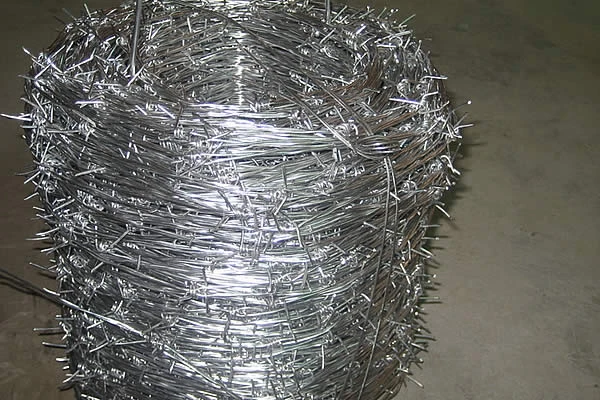 TEL:
+86-13102802206
TEL:
+86-13102802206
 Email:
fencenetting@china.com
Email:
fencenetting@china.com
 Language
Language
 TEL:
+86-13102802206
TEL:
+86-13102802206
 Email:
fencenetting@china.com
Email:
fencenetting@china.com
 Language
Language


Rock and Wire Retaining Walls A Comprehensive Overview
Retaining walls play a vital role in landscape architecture and civil engineering. They are constructed to hold back soil and prevent erosion on sloped terrains, providing stability and safety for various applications. Among the different types of retaining walls, rock and wire retaining walls are gaining popularity for their aesthetic appeal and structural integrity. This article delves into the characteristics, construction techniques, advantages, and applications of rock and wire retaining walls.
Characteristics of Rock and Wire Retaining Walls
Rock and wire retaining walls, commonly known as gabion walls, consist of wire mesh cages filled with rocks or stones. These walls are designed to support vertical or near-vertical changes in ground elevation. The wire mesh is typically made from high-quality steel, which is galvanized or coated to enhance its resistance to corrosion. The rocks used in these walls can vary in size and type, contributing to both the functional and visual aspects of the structure.
One of the distinguishing characteristics of rock and wire retaining walls is their flexibility. The wire mesh can adapt to the shape and movement of the retaining material, which can be beneficial in environments susceptible to shifting soil conditions. Moreover, the use of natural stone provides a rustic appearance that blends harmoniously into the landscape, making these walls an aesthetically pleasing choice.
Construction Techniques
The construction of rock and wire retaining walls is relatively straightforward. The process begins with site preparation, which involves clearing the area and ensuring proper drainage. This step is crucial, as inadequate drainage can lead to water buildup behind the wall, causing structural failure over time.
Once the site is prepared, the foundation is constructed, often using compacted gravel or crushed stone. The wire mesh cages are then assembled and filled with rocks. A key aspect of this method is to ensure that the rocks are tightly packed to provide stability. The filled cages are stacked upon one another, with the lower sections working to retain soil and the upper sections providing additional support.
The incorporation of drainage systems is also an important consideration during construction. Perforated pipes or weep holes can be installed to direct water away from the wall, preventing hydrostatic pressure buildup that could compromise the wall's integrity.

Advantages of Rock and Wire Retaining Walls
Rock and wire retaining walls offer several notable advantages. First and foremost, they are environmentally friendly. The use of natural materials like stones minimizes the carbon footprint associated with the production of conventional retaining wall materials. Additionally, the gaps in the wire mesh allow for water permeability, which reduces the risk of erosion while promoting natural drainage.
Another benefit is their cost-effectiveness. Gabion walls are often less expensive to construct than traditional concrete retaining walls, mainly due to lower material and labor costs. Furthermore, their flexible design allows for easier installation on uneven terrains, making them a practical option for various landscaping projects.
The durability of rock and wire retaining walls is also a significant advantage. When properly constructed, they can withstand harsh weather conditions, including heavy rains and freeze-thaw cycles. The natural aesthetic they provide can enhance the visual appeal of gardens, parks, and other outdoor spaces.
Applications
Rock and wire retaining walls are suitable for a variety of applications. They are commonly used in agricultural settings to manage soil erosion in fields, particularly in hilly regions. In urban areas, these walls can be employed to create terraced gardens, providing space for planting while maintaining slope stability.
Moreover, they are used in highway construction and landscaping projects to support roadways and pathways. Their robust design and natural appearance make them a favored choice for parks, golf courses, and commercial properties.
Conclusion
In summary, rock and wire retaining walls represent a perfect blend of functionality and aesthetics. With their environmentally friendly materials, cost-effectiveness, and durability, these walls are an excellent solution for managing soil erosion and enhancing outdoor spaces. As the demand for sustainable construction practices continues to rise, rock and wire retaining walls will likely play a significant role in various engineering and landscaping projects.